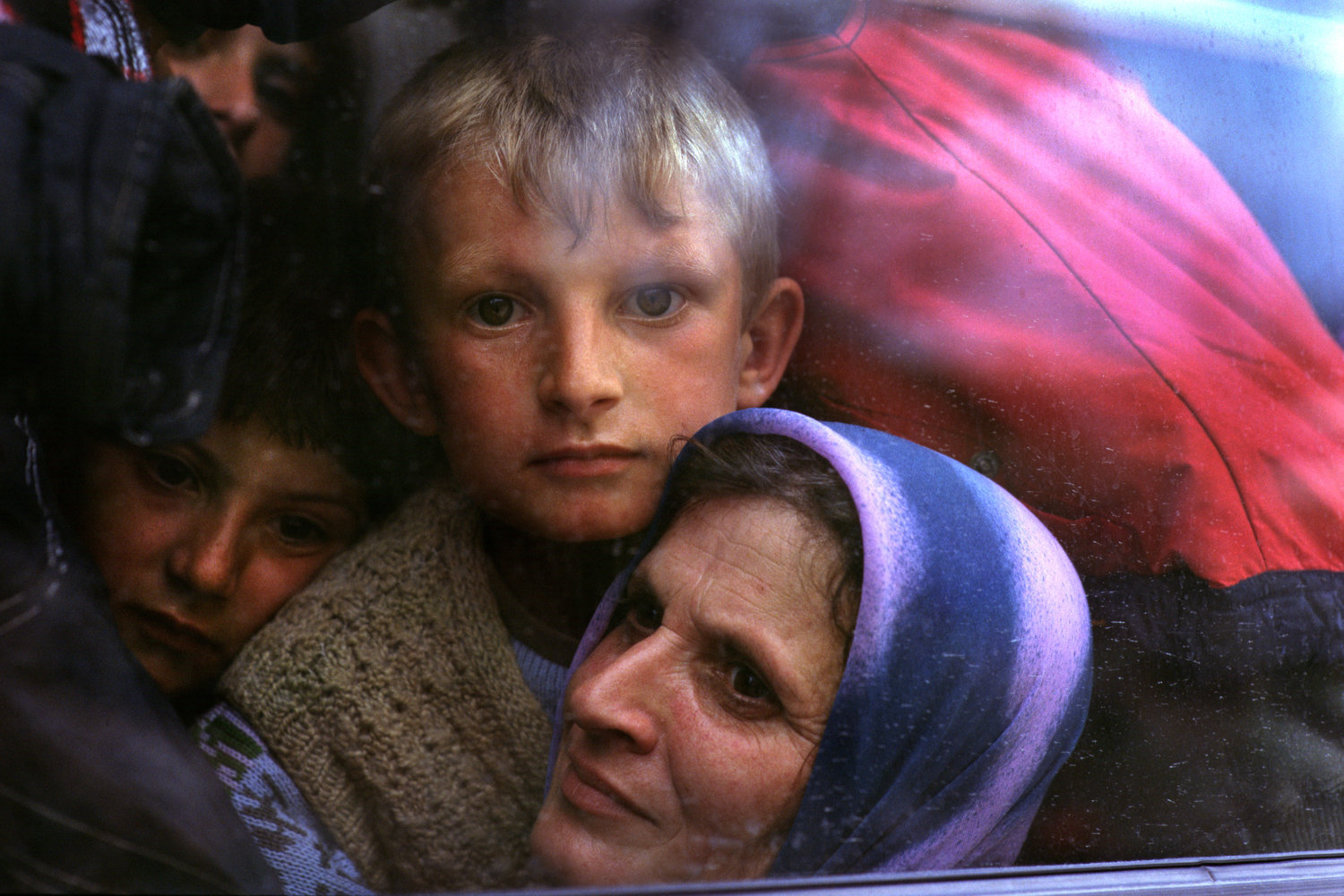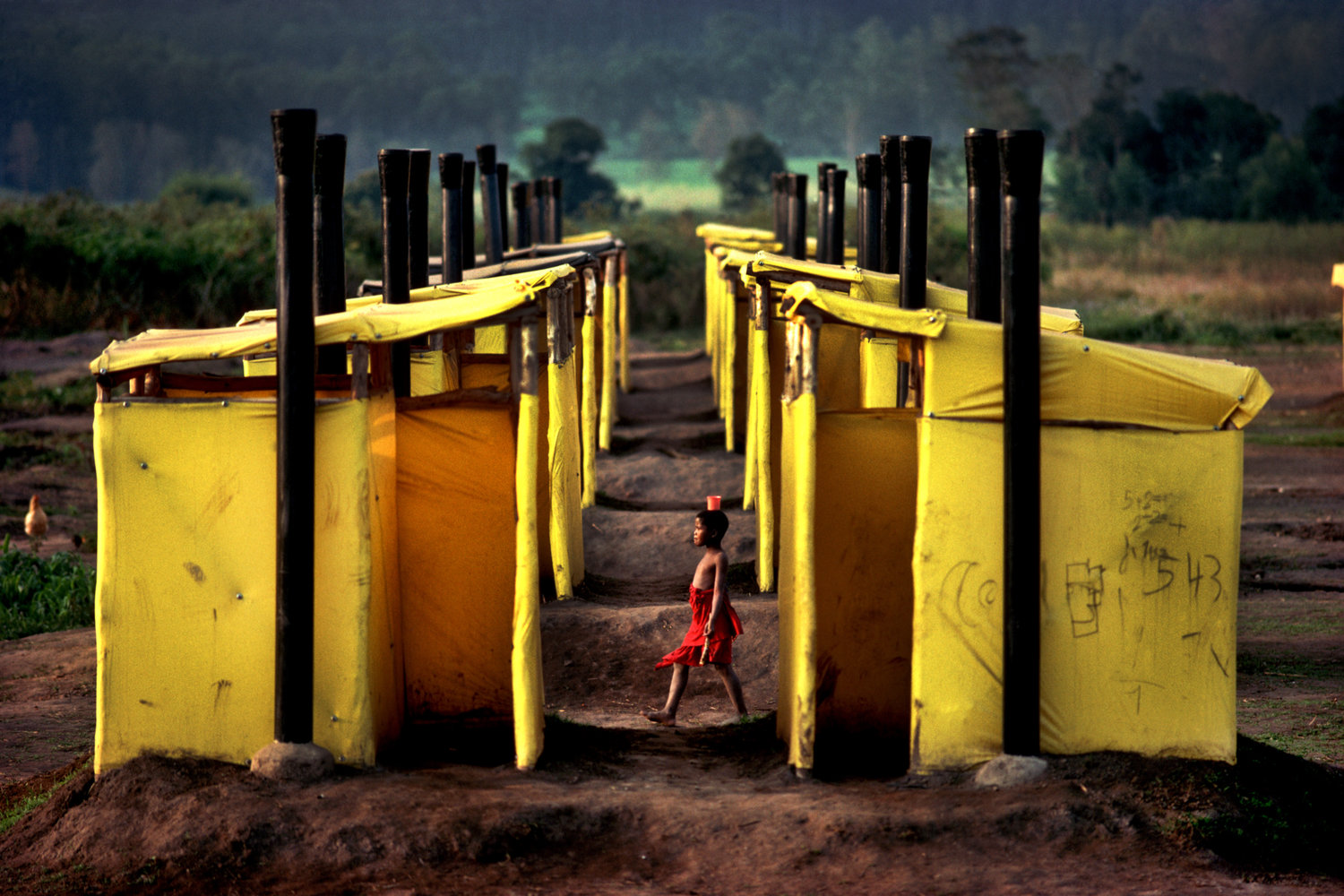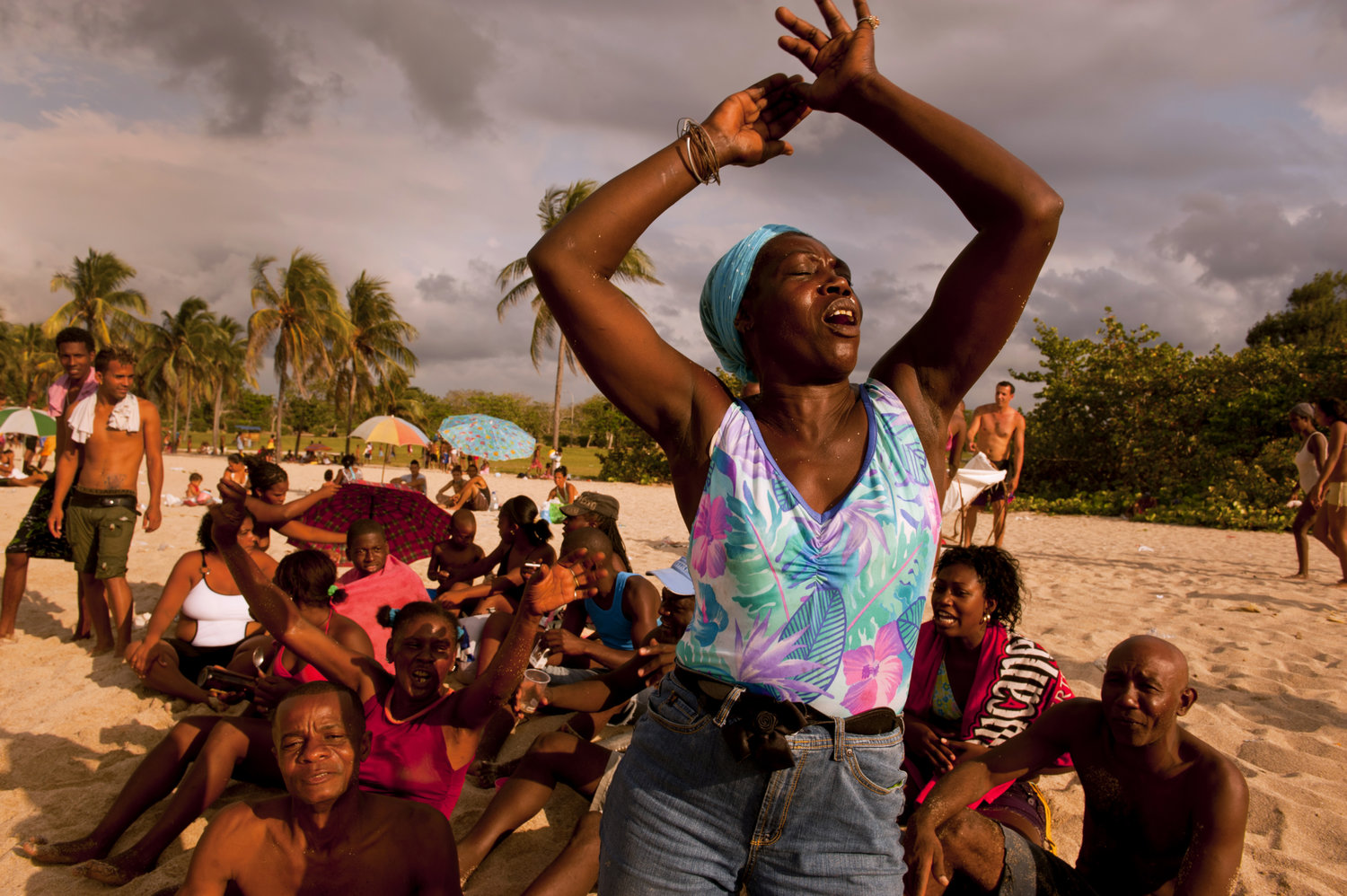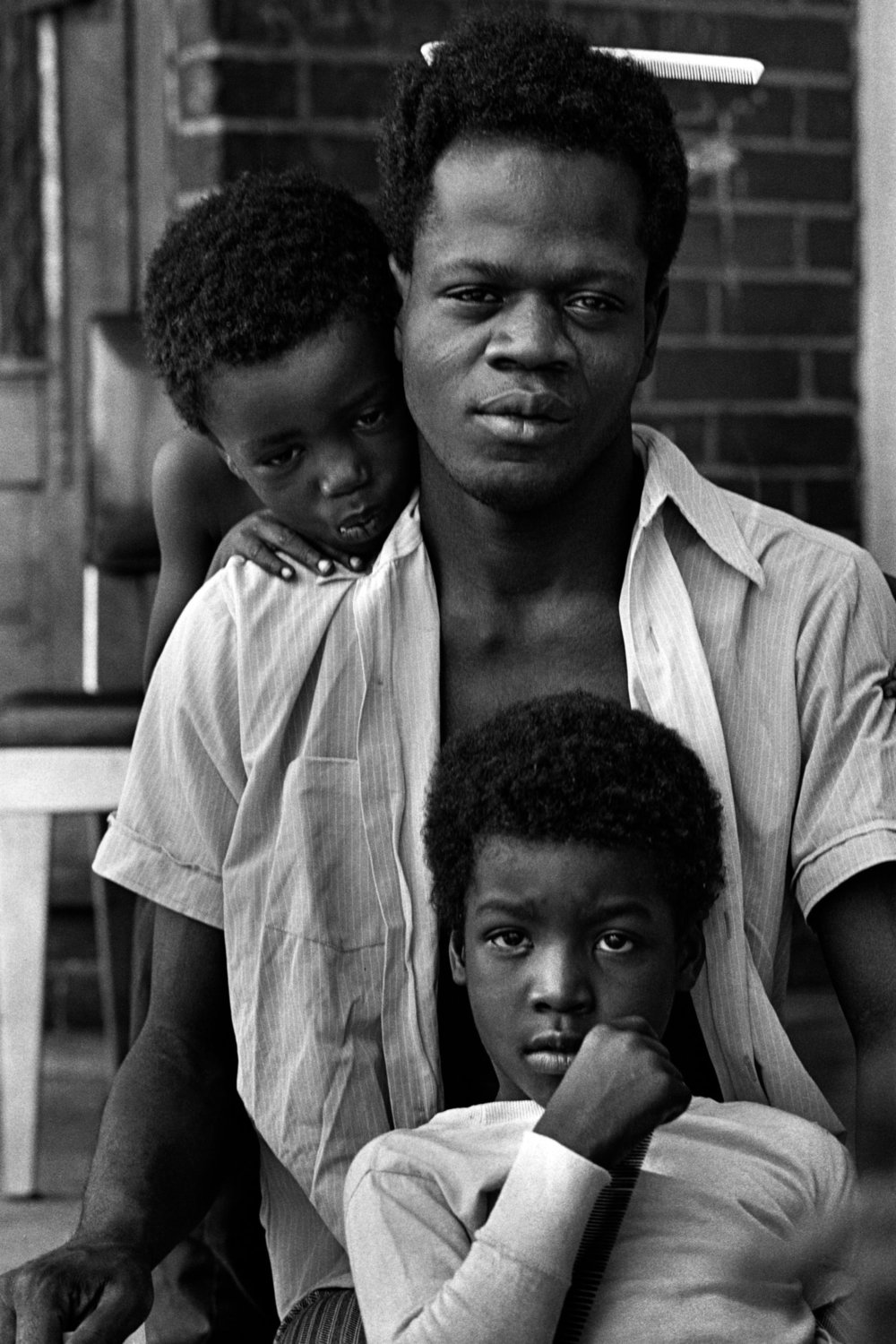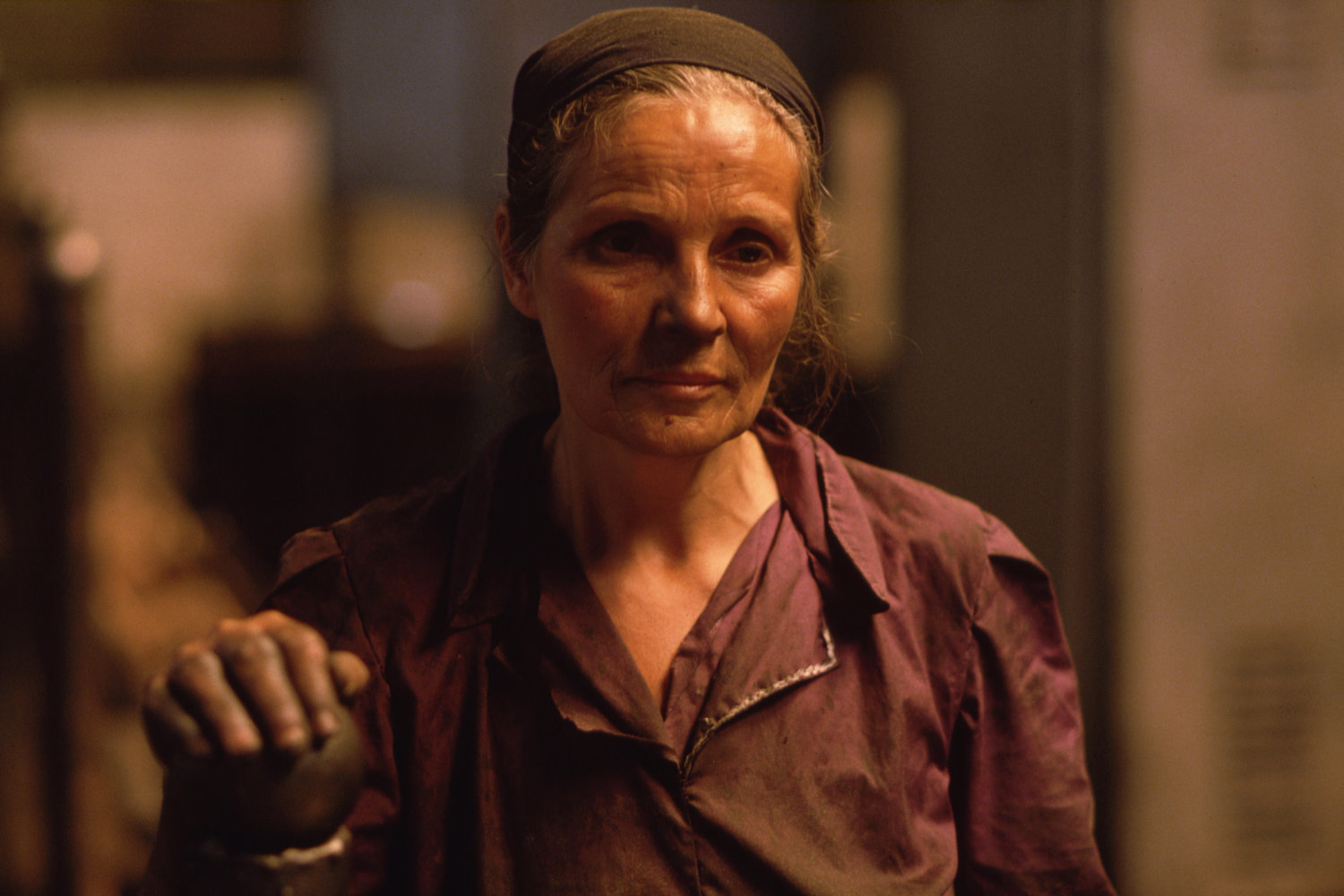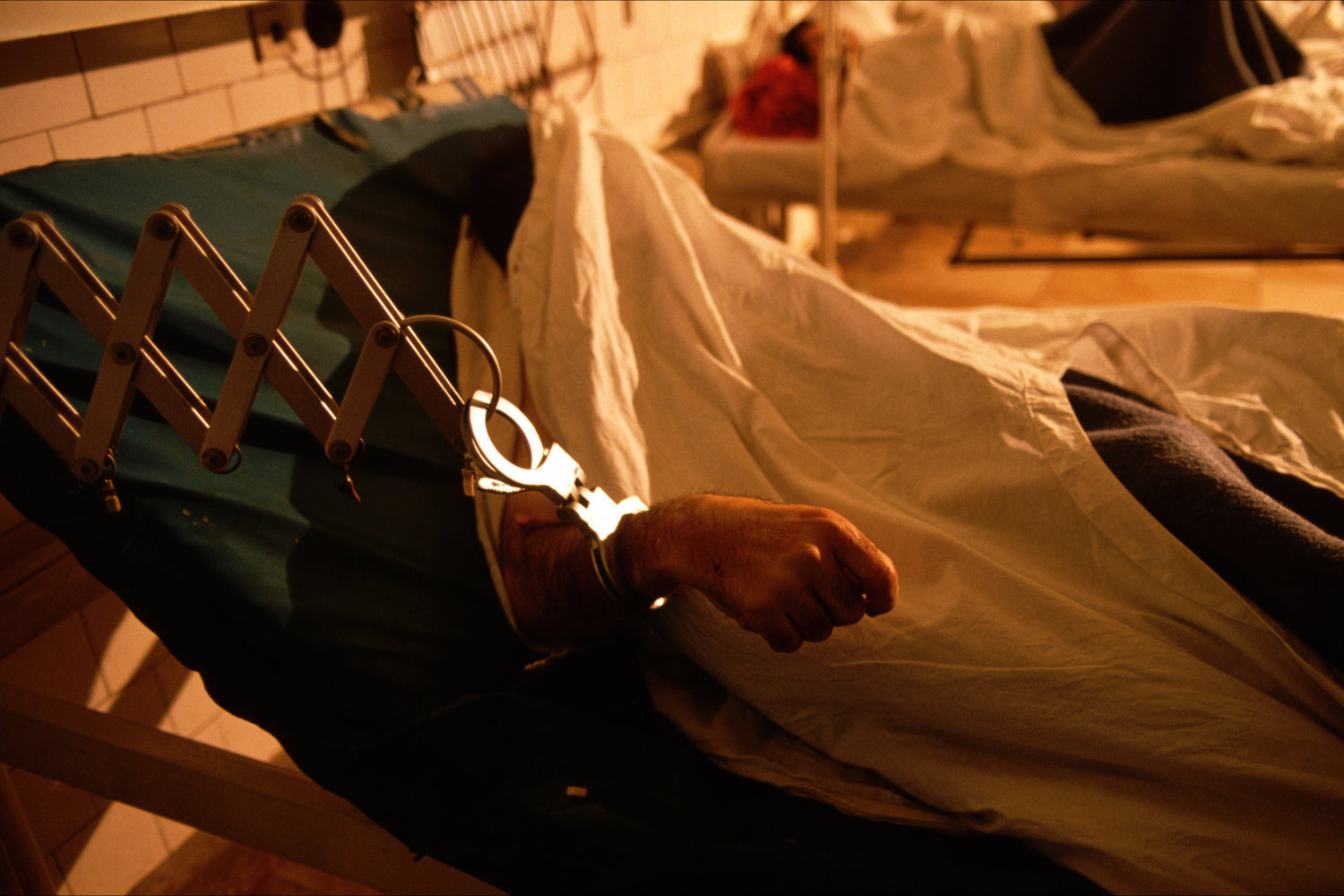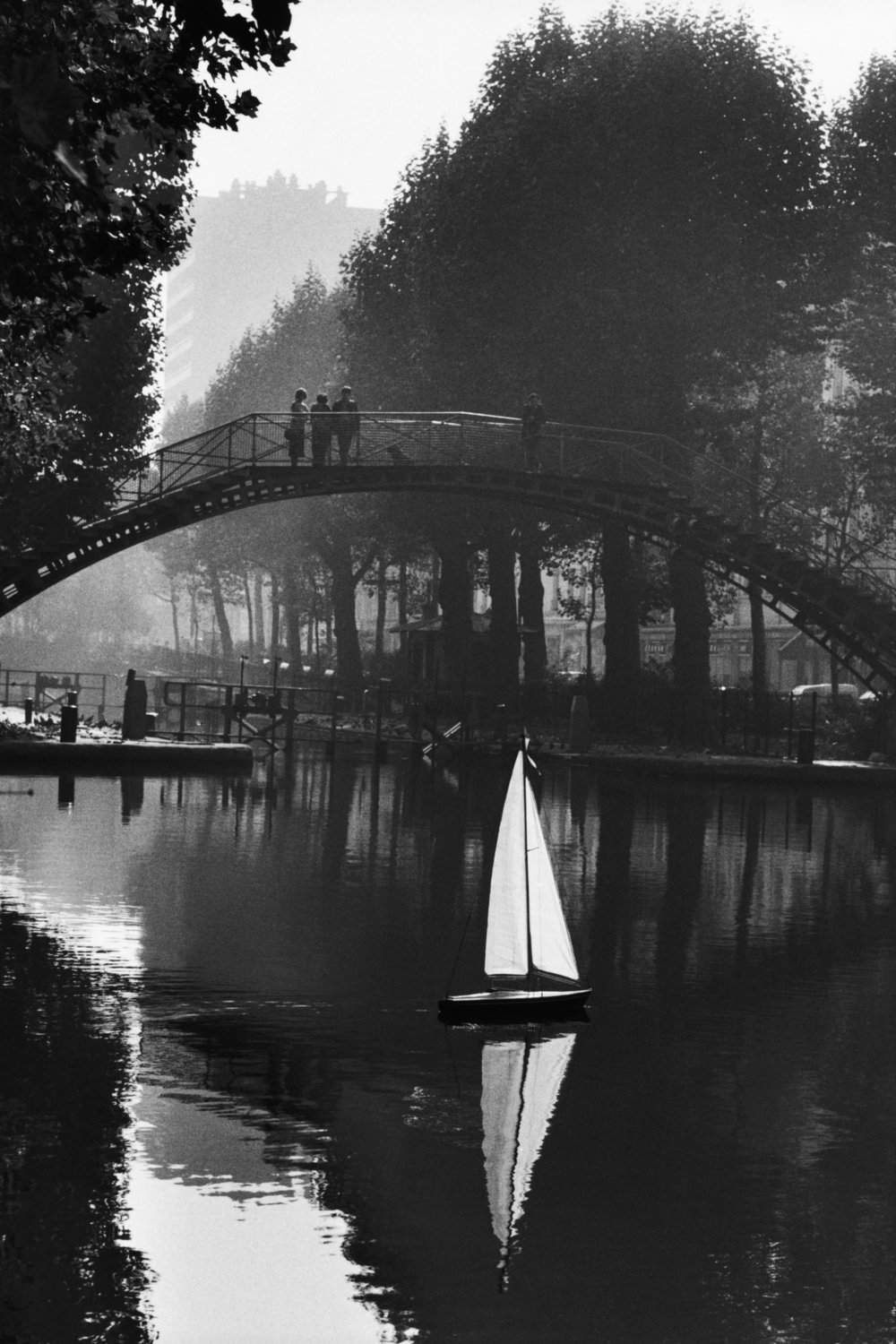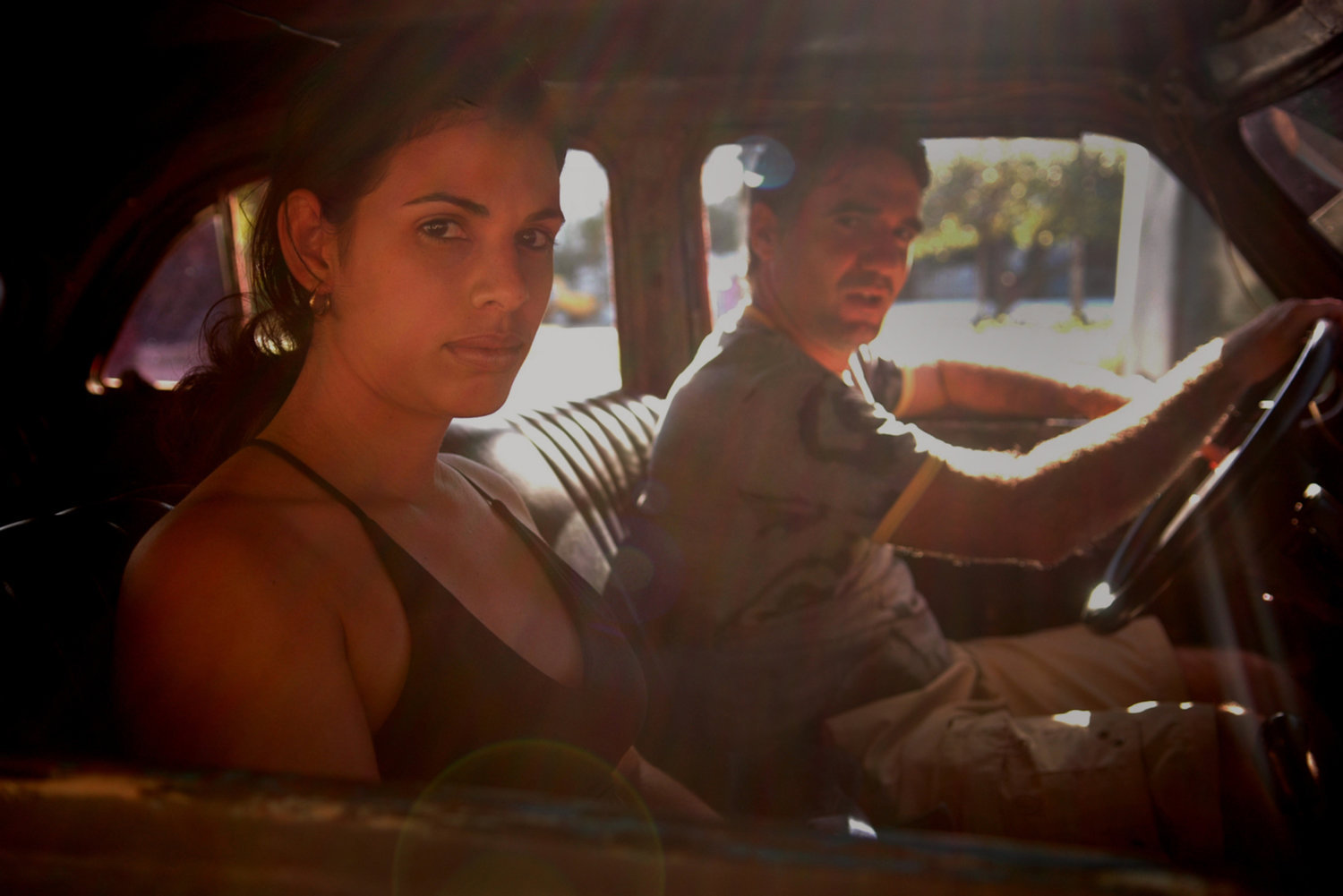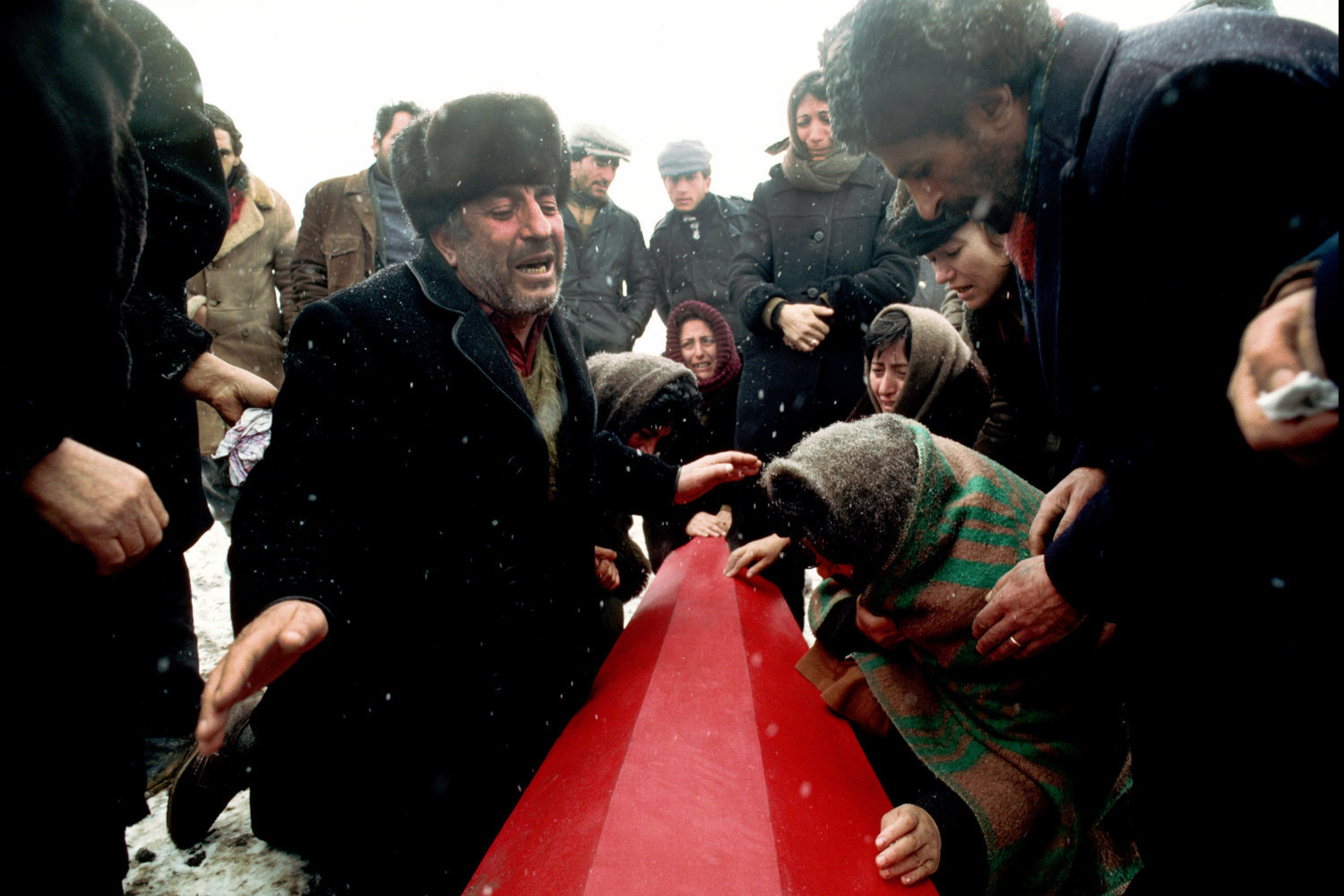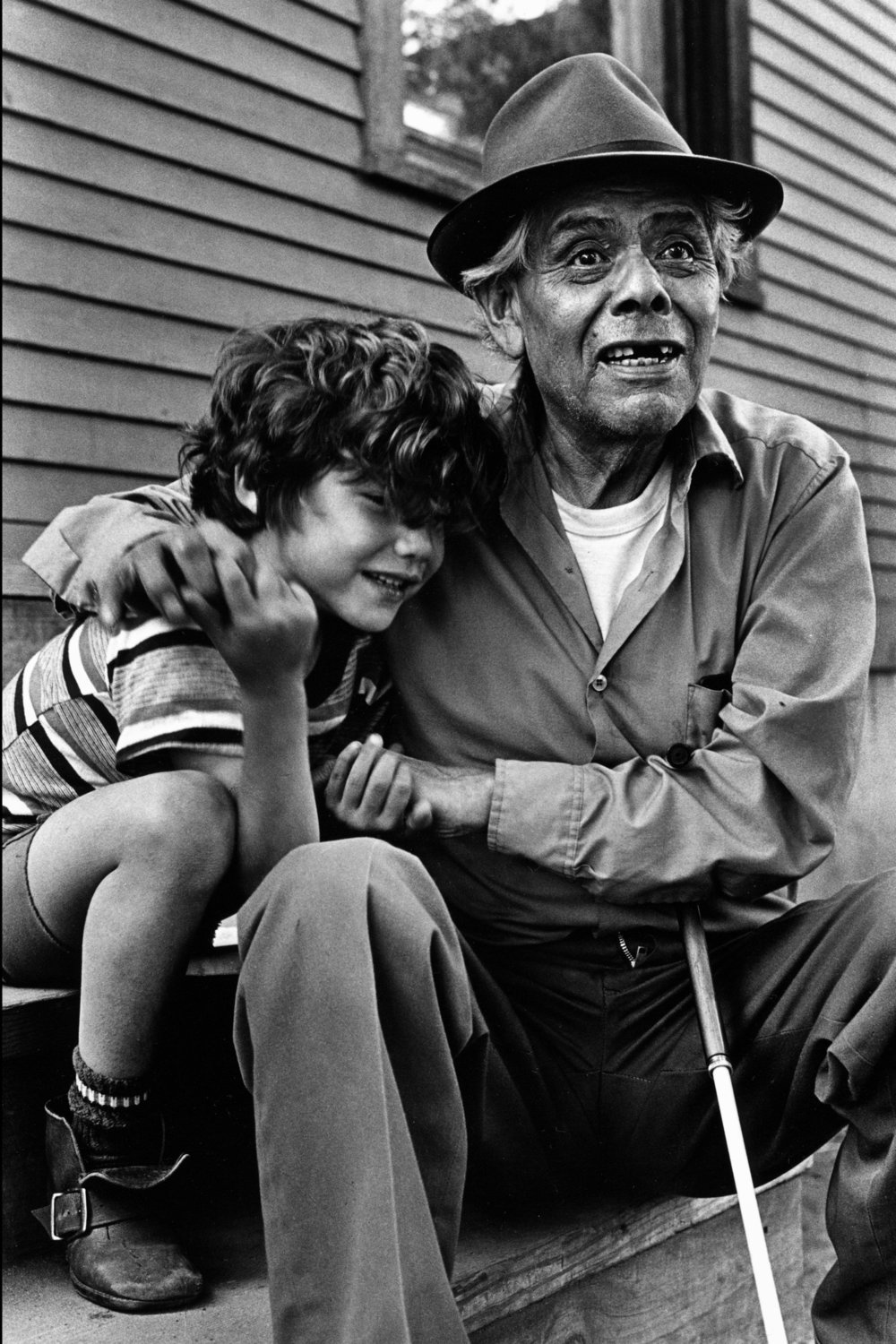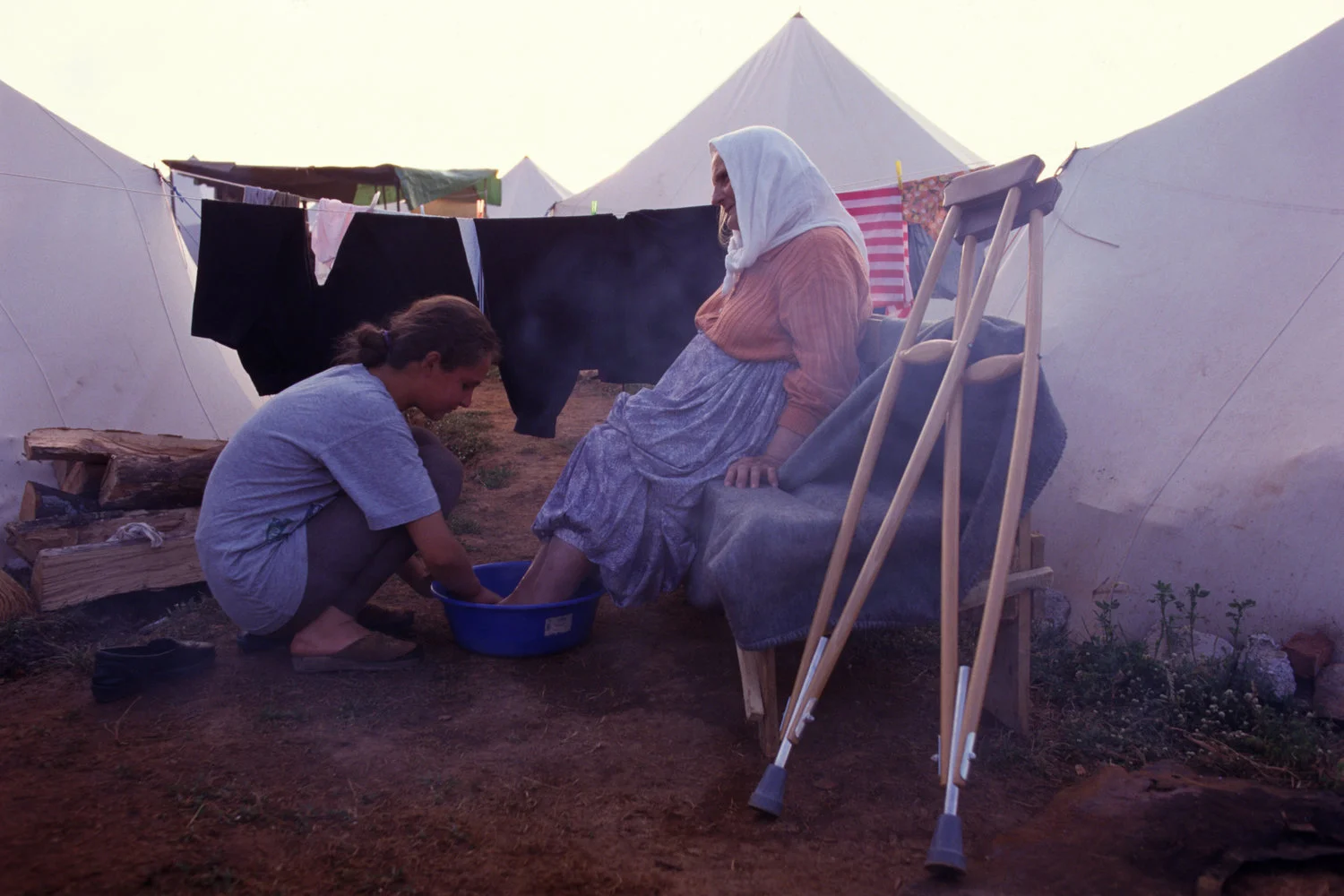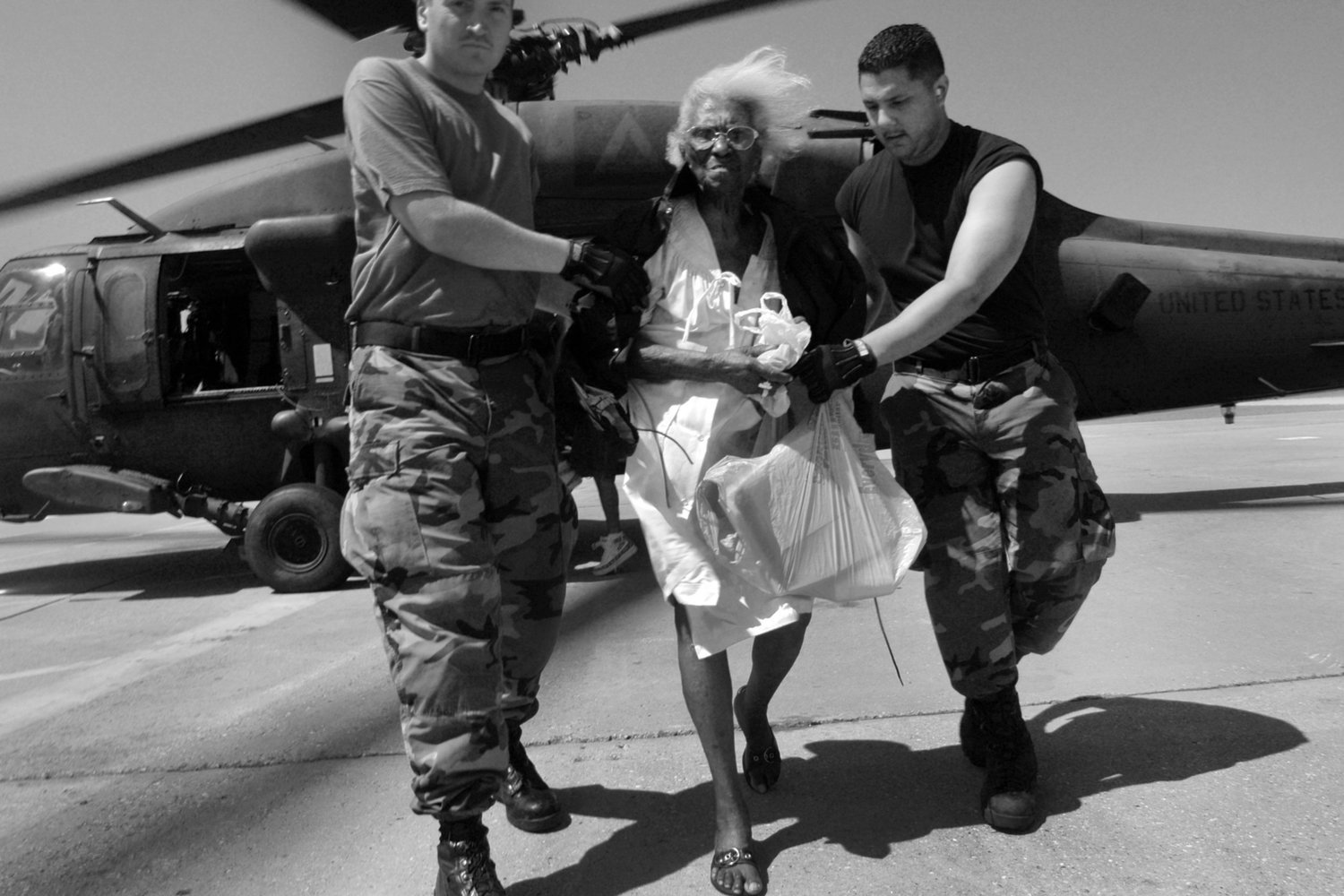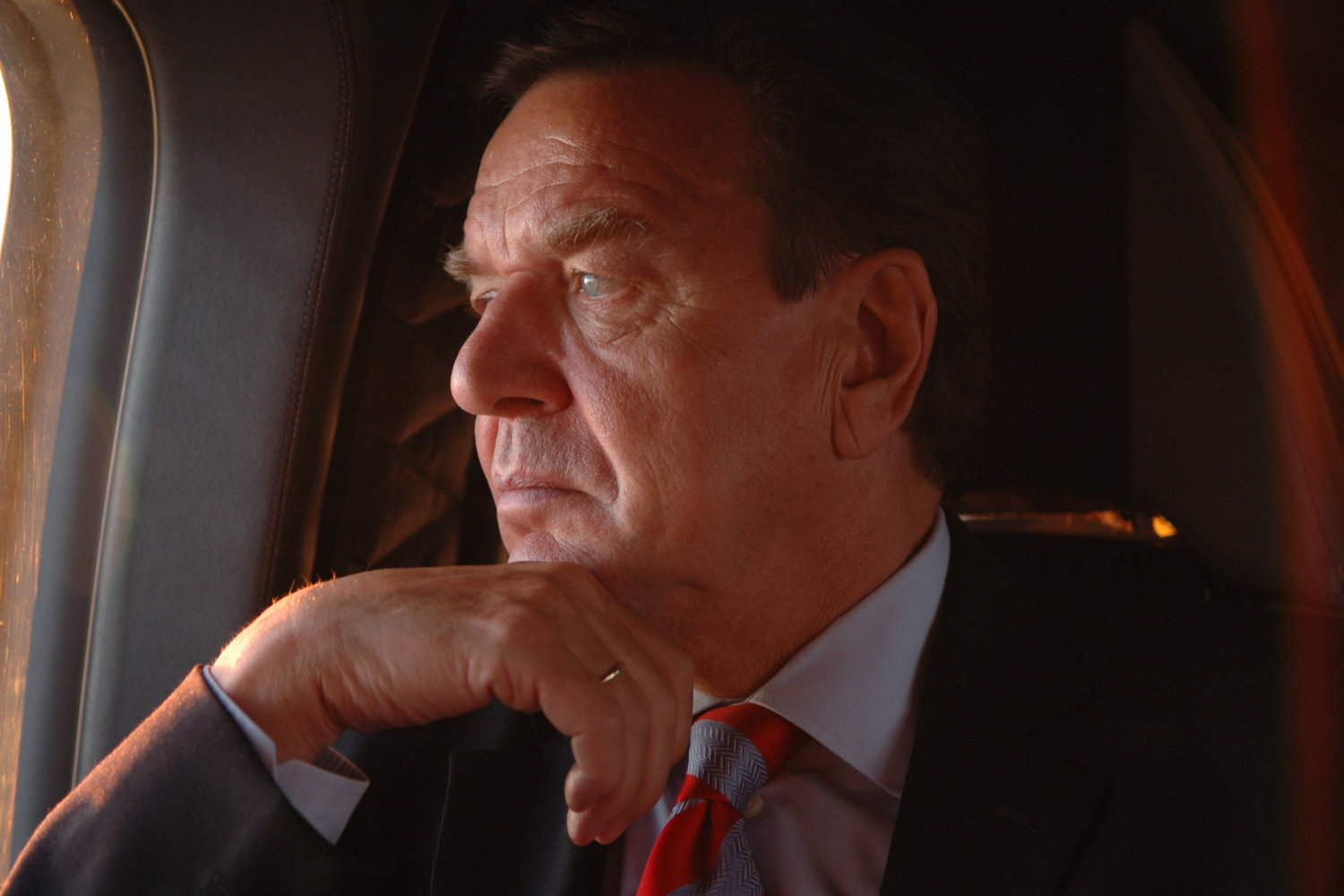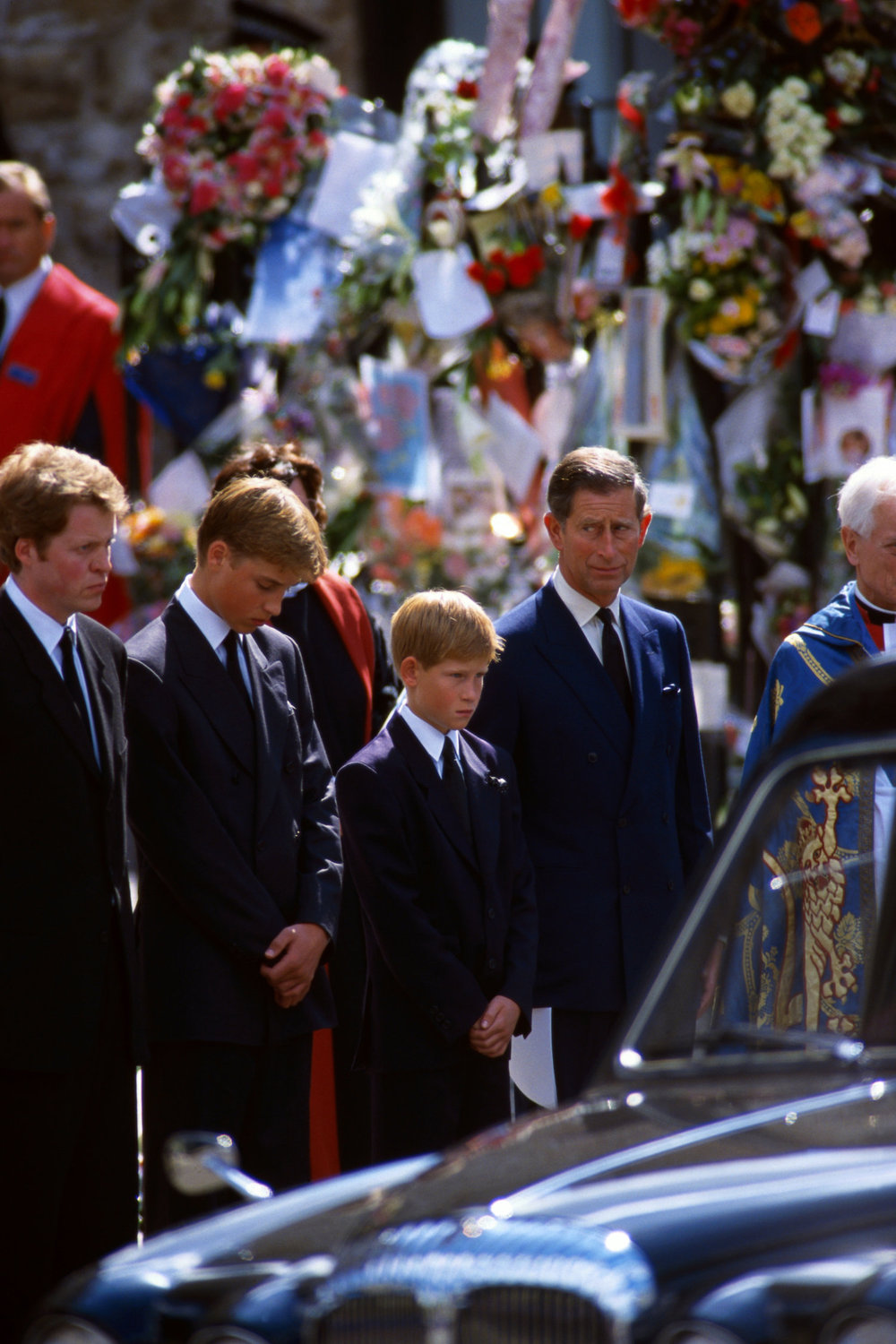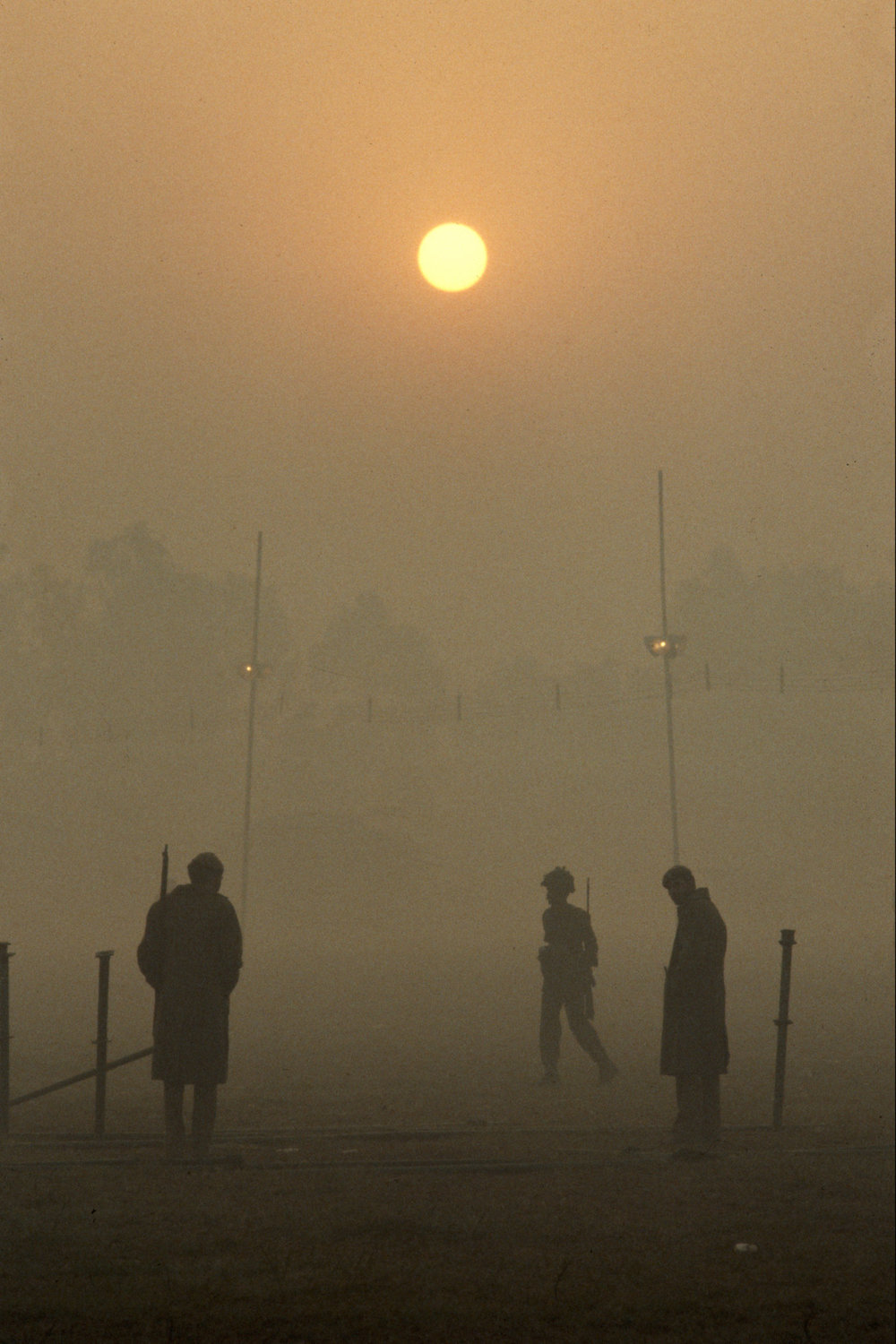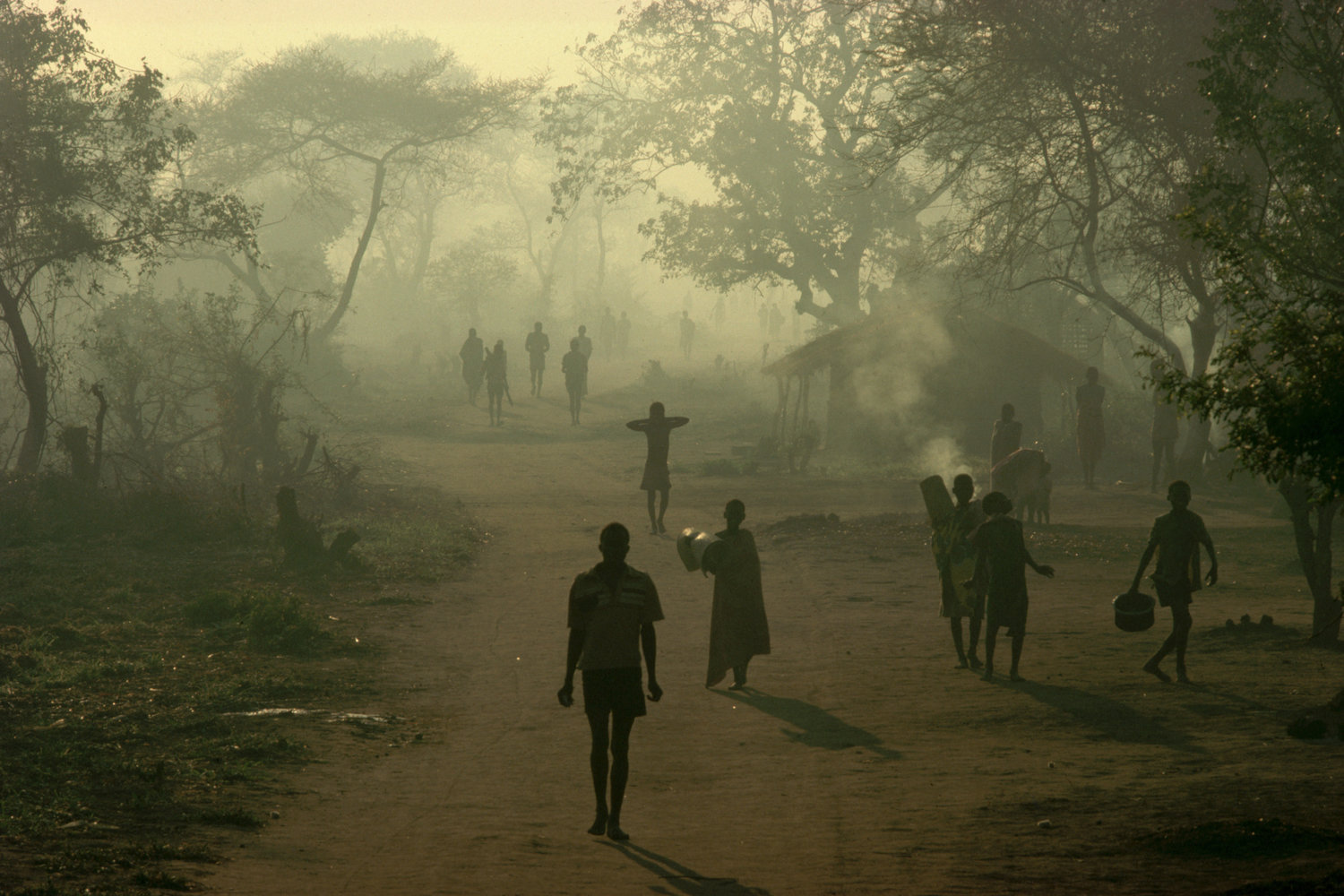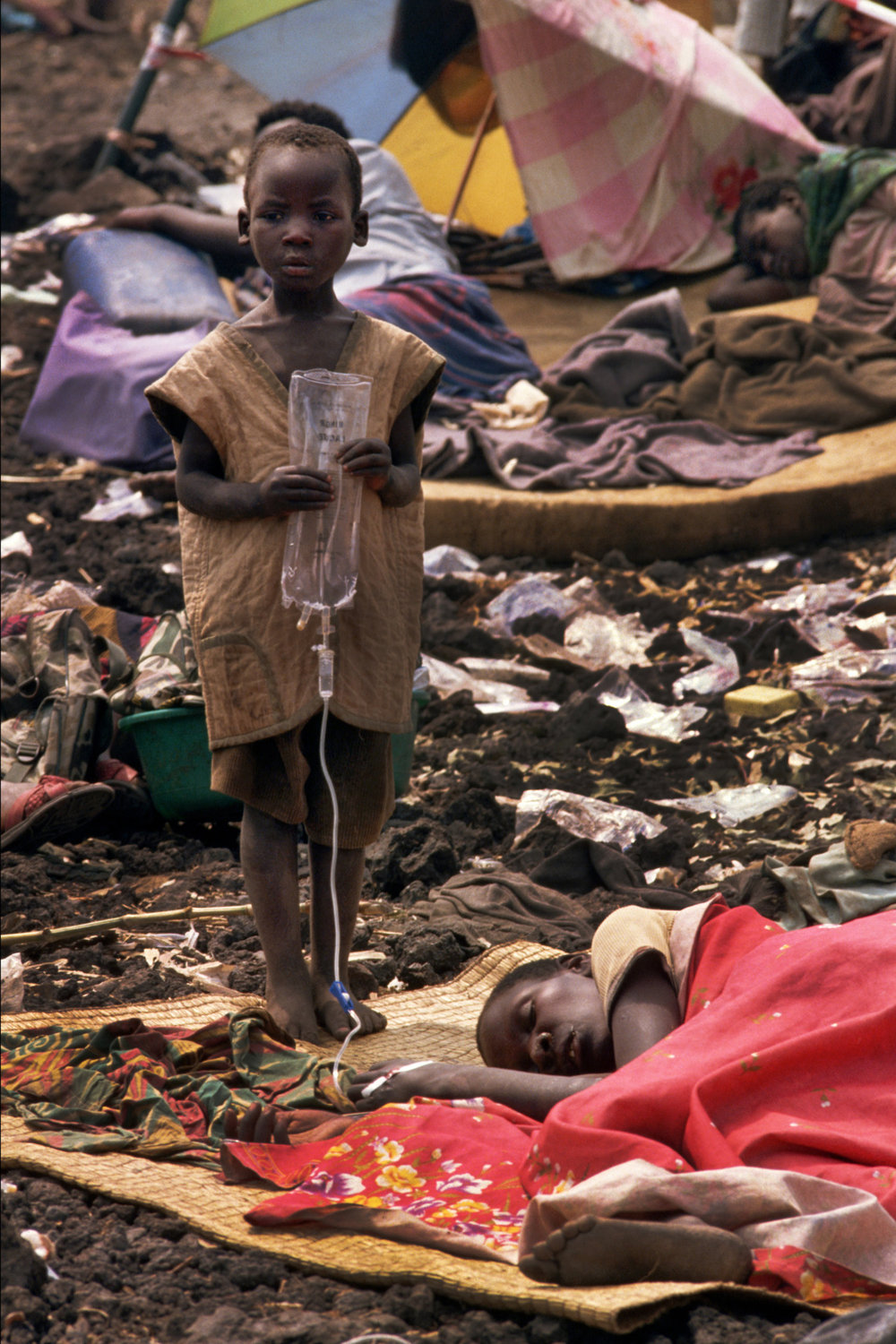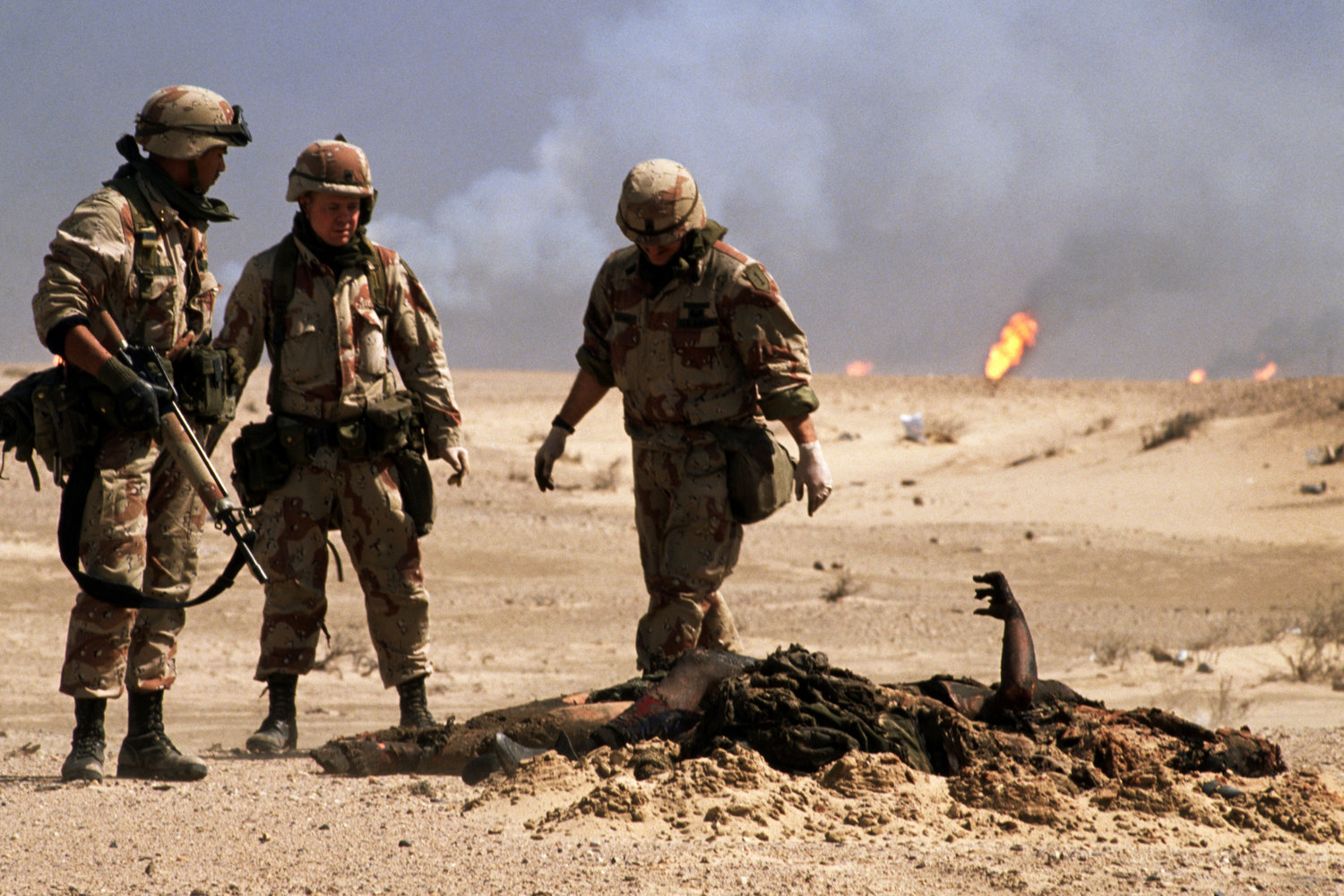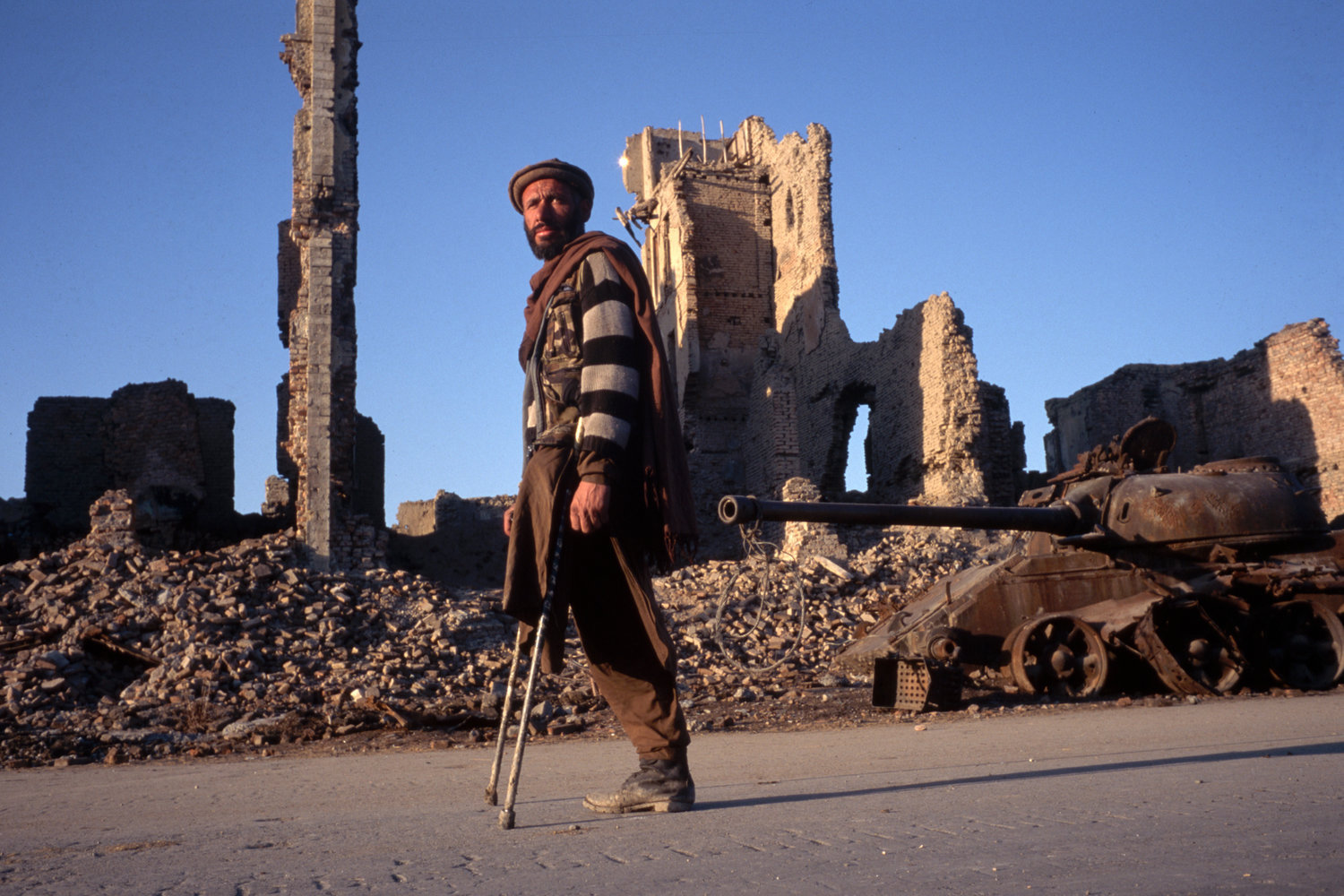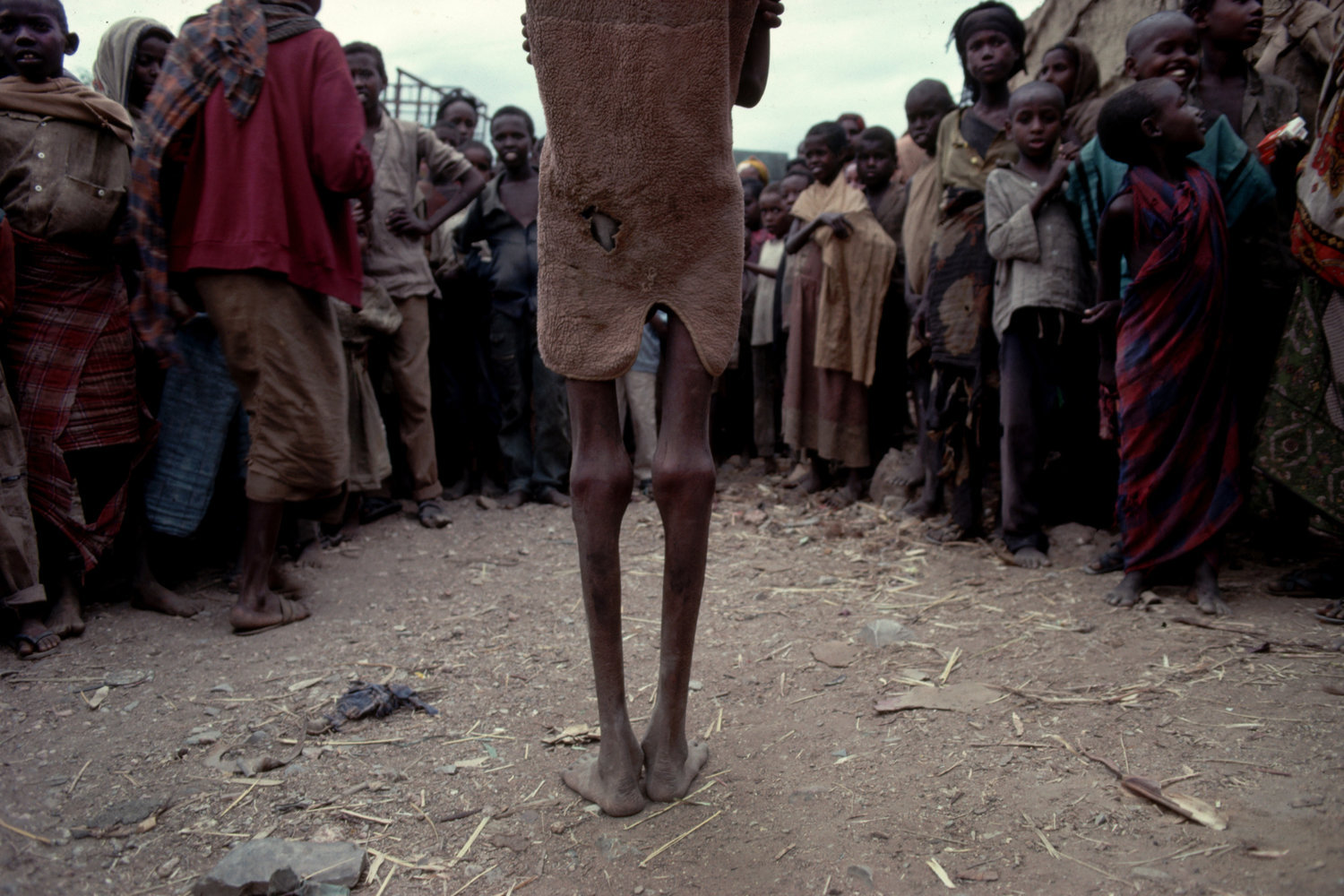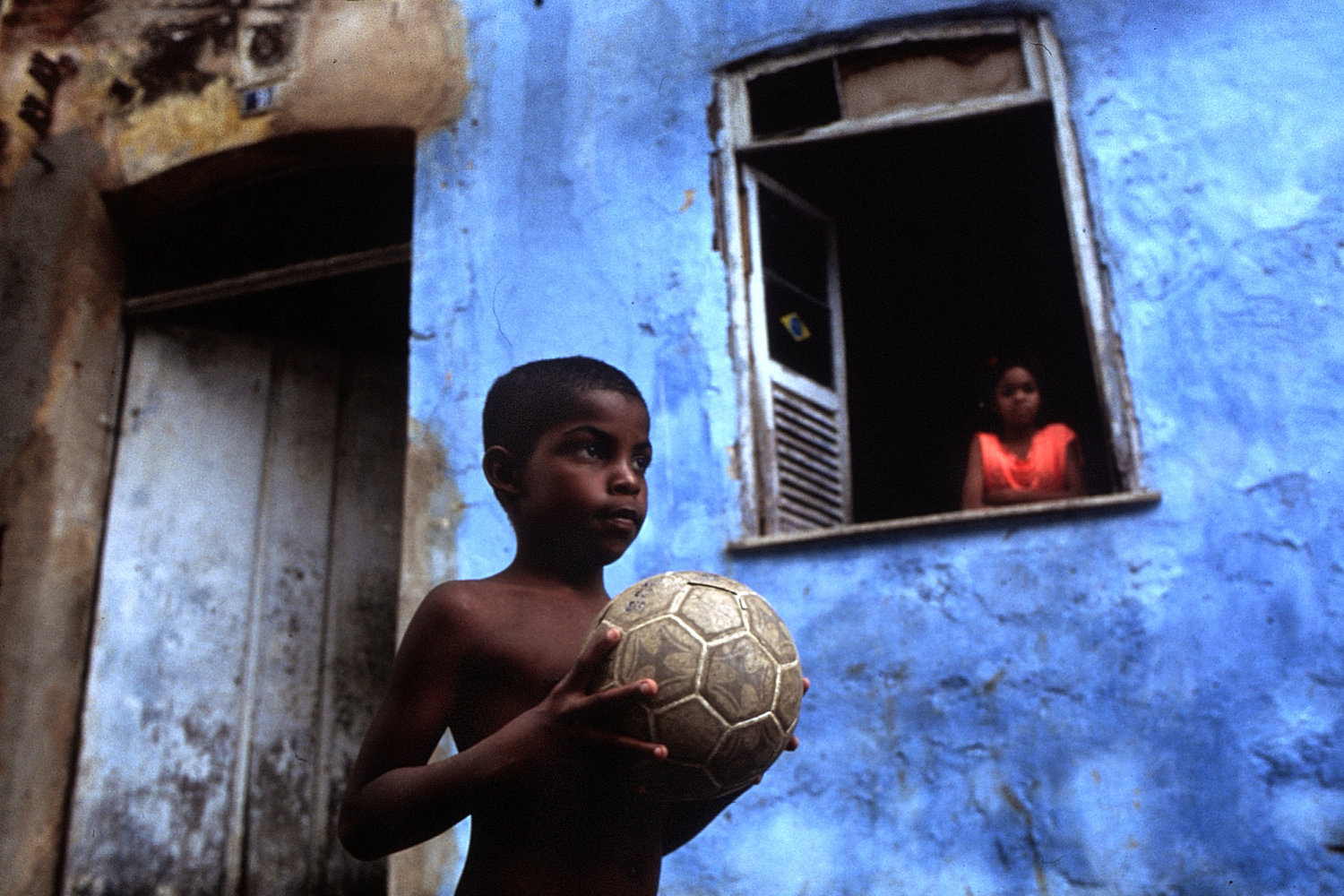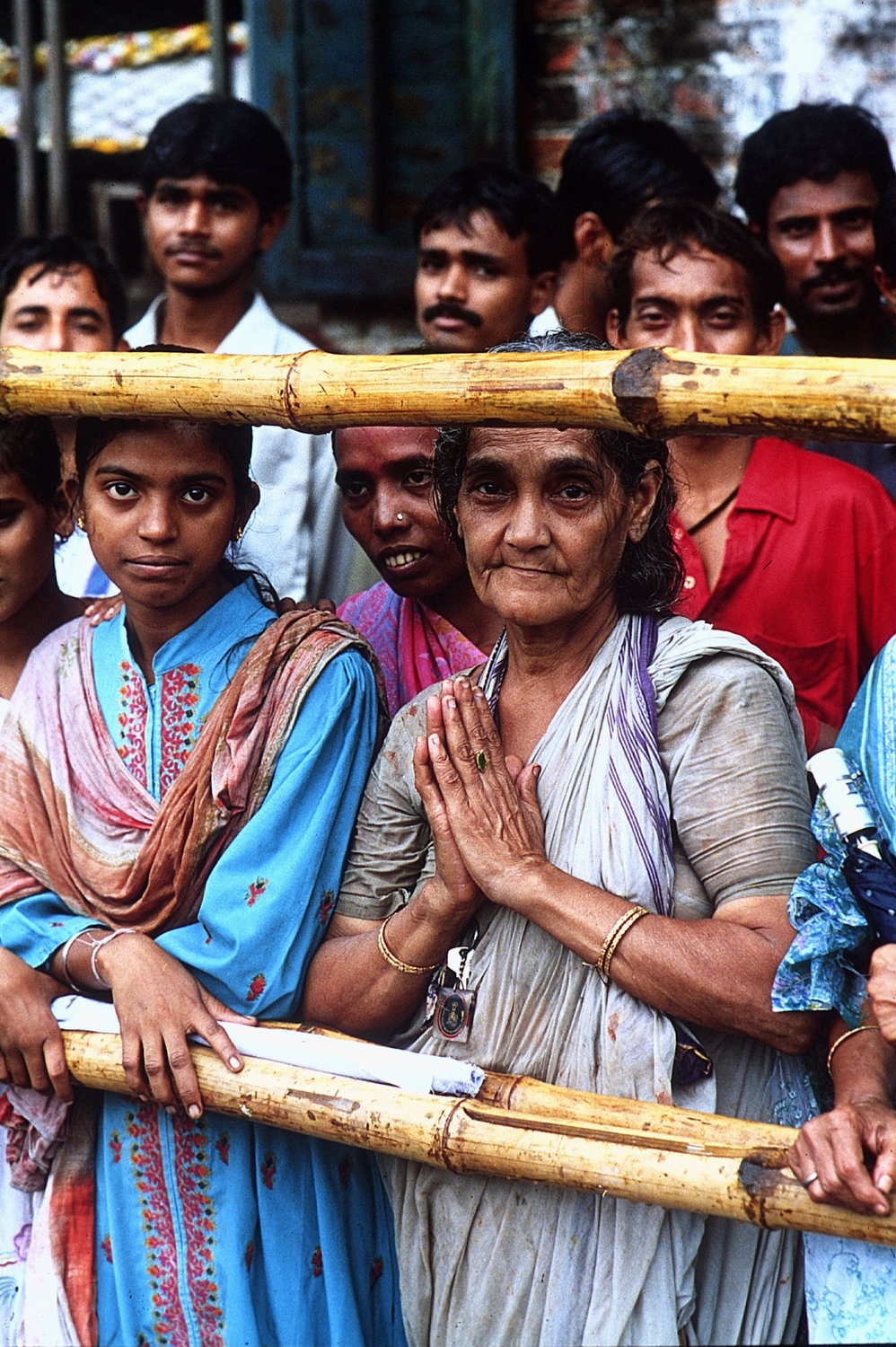Moments of the Human Condition
I have embraced photojournalism as a means to communicate, provoke, and inspire, as well as to document history. I have employed the camera as a voice with which I can shout out about injustice while affirming what is beautiful and good. My body and soul have been exposed to many dimensions of the human condition, from its most glorious to its most wretched. When I review my life as a photographer, I feel blessed and fortunate to have experienced so many wonderful emotions, the most significant being the sense of being alive, powerfully alive.
These beautiful experiences began with a book by the master French photographer Henri Cartier-Bresson, a gift from my parents while I was hospitalized with a knee injury sustained during a high school football game. It was 1971, I was 16 years old, and that year in my hometown of Fort Wayne, Indiana, I discovered photography. Cartier-Bresson’s work awakened me to the glory that existed in the common moments of daily life. Suddenly my primary mode of self-expression at the time, sports, gave way to countless forays into the inner city of my hometown with my camera.
In the fall of 1973 I entered the University of Michigan. During the second semester I commuted between the Ann Arbor campus and Indiana, where I worked as a photographer for the Urban Affairs Department of Fort Wayne. This experience led to work during the summer of 1975 creating a photo-documentary of poverty throughout California for that state’s Office of Economic Opportunity. At the end of that summer John Morris, then photo-editor of The New York Times, invited me to dinner to meet Eugene Smith to present to him this work that I later named “The Other California.” Smith encouraged me to continue, saying he saw the photographs “connecting my heart to my eyes.”
While still in high school, the beautiful, artistic city of Paris had spoken to me through the work of great photographers like Capa, Cartier-Bresson, Atget, Boubat, Brassai, Doisneau, Izis, Riboud, Ronis, and Kertesz. Their images fascinated and inspired me and made me dream. Armed with my dreams, in the fall of 1975 I left college for Paris.
During my early years in Paris I met many of the great French photographers who had inspired me. They advised me and touched my life in profound ways. Both Edouard Boubat and Robert Doisneau befriended and inspired me. Josef Koudelka, whom I met in the Luxembourg Gardens carrying his wonderfully beat-up Leica, taught me by example to appreciate a nomadic existence like that of the Gypsies he so often photographed. And one day, Andre Kertesz spoke to me on the balcony of my garret apartment on the Île de la Cité about the importance of understanding light in photography. My encounters with Henri Cartier-Bresson always left me feeling blessed, because his personal presence, language, and words always reminded me that photography is not at its core about cameras or film vs. digital, but about exploring and contemplating the richness of life and the world around us. After I completed studies at the University of Michigan, the Sorbonne, and a graduate program in International Relations at the prestigious Institut d’études Politiques of Paris, Robert Doisneau offered me the opportunity to work for him printing his pictures. He also introduced me to the director of Rapho, his agency. My work at the celebrated Paris photography lab Picto, where I had worked as a printer while completing my graduate degree, prepared me for this opportunity with Doisneau, which came at a time when my professional future was still uncertain. While printing for Doisneau, Rapho began to offer me regular assignments for major international publications including The New York Times, Time, Newsweek, and many French magazines. I quickly learned to satisfy the needs of these publications while following my own journalistic instincts and passion. In 1984, Newsweek sent me to cover Indira Gandhi’s funeral and the ensuing sectarian violence. This first foreign assignment would change my life. I developed an insatiable desire to travel and to document people whose plight deserved the world’s attention. I worked on contract with Newsweek for most of the next two decades and my images graced the cover of Newsweek 43 times. Since 1984, I have covered most of the major historic and geo-political stories that have defined our world.
I am both humbled and hopeful when I think of the number of times all over the world that I have seen people define themselves not by their possessions or wealth, but by the grace, courage, and profound decency in their gestures and behavior. I also think about how much beauty, human and physical beauty, I have known among the multitude of people who I have encountered around the globe in over 90 countries.
I continue to hope and believe that the best stories are yet to occur. My quest for them will certainly require that I keep my head up and my eyes open as I walk down the street. It will require that I embrace what my dear friend Edouard Boubat once told me one afternoon over a glass of wine at La Tartine in Paris: “Peter, if you keep your heart and your eyes open, there is a gift waiting for you at the corner of every street.”

